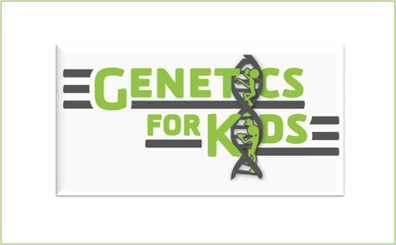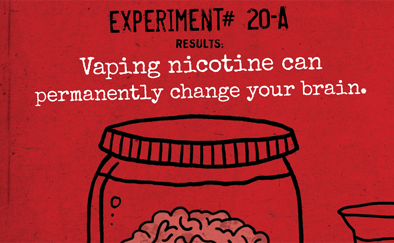Genetics for Kids is a middle school genetics curriculum supplement designed to build science literacy and positive attitudes toward genetics and science for personal health.
Challenge
Rapid advances in science and technology have led to new knowledge about personal health and wellness, especially in the field of human genetics. Developing a basic understanding of genetics can help people apply this knowledge to their own health. But these topics can be challenging to grasp. And in today’s standards-based educational environment, schools have less latitude and fewer incentives to offer stand-alone health content.
Approach
KDHRC developed Genetics for Kids (GK), a genetics curriculum supplement designed to build science literacy and positive attitudes toward genetics and science in 7th and 8th grade students. Science literacy is a basic understanding of fundamental terms, ideas, and subjects.
GK includes 10 classroom modules and interactive web-based activities. The curriculum presents key content through activities such as experiments, problem-solving scenarios, and reading and discussion strategies. The goal of GK is to increase science literacy specific to genetics as a basis for students’ future decisions about their health and livelihood.
Findings
Students exposed to Genetics for Kids gained knowledge about and positive attitudes and perceptions toward science and genetics. Teachers who used GK had positive attitudes toward the curriculum as a useful tool for increasing student genetic knowledge.
Products
The GK curriculum is available for review and download here.
Related Research
To learn more about the methodology and outcomes of the GK evaluation click here.





